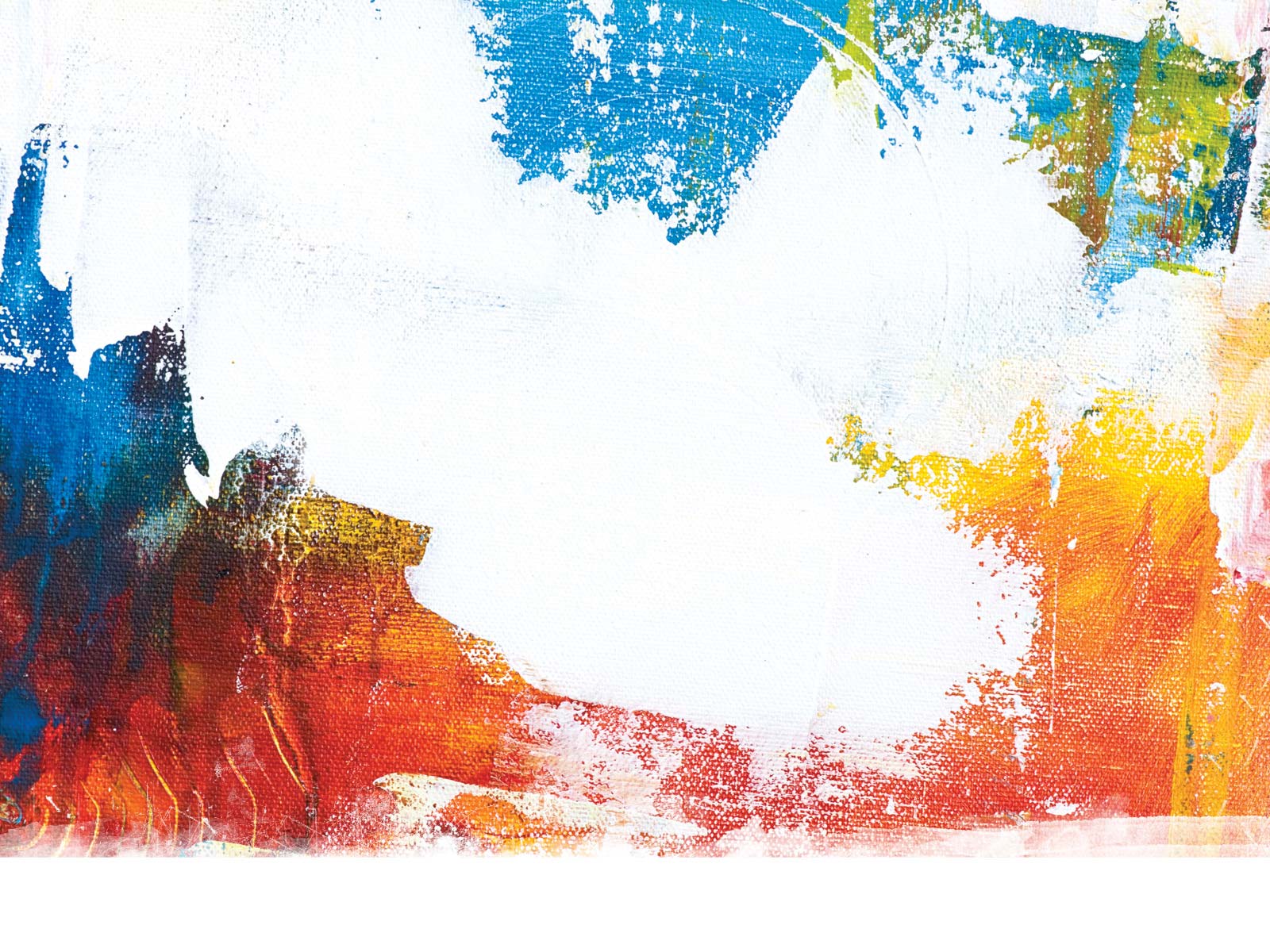Street photography is like time travel. Instead of a portrait or landscape, these fragments of everyday life manifest the emotion and atmosphere of a specific point in time in a specific place, often artfully.
The more distant in the past, the more interesting the photo –– street photos rarely have any monetary value at the time they are created.
Vivian Maier never attempted to earn a living from her photos or even exhibit them publicly, living a quiet life as a nanny in Chicago. But in 2009, shortly after her death at the age of 83, she became one of the most popular photographers of her kind to have ever lived.
In 2007 at a Chicago storage auction is when three men –– John Maloof, Randy Prow, and Ron Slattery –– separately bid on and won individual portions of a trove of old negatives, prints, and camera gear. Maloof originally intended to use the photos in a project he was working on about the history of Chicago. While he never got around to using them for that purpose, he developed some of the film and scanned the negatives. In his three boxes of negatives and undeveloped rolls of medium format film, he discovered a massive body of work, more than 30,000 photos, by a previously unknown street photographer.
Maloof eventually acquired most of Maier’s work from the other buyers, more than 150,000 images total, and has painstakingly developed, scanned, and printed them. And he researched the history behind the mysterious artist who made them. Up now through Aug. 21, a small sample of this extensive body of work, Vivian Maier Lost and Found, will be on display at the Arlington Museum of Art.
Maier made her living as a nanny for more than 40 years, walking through the more colorful neighborhoods of Chicago with the kids she cared for in tow. She photographed people as she found them. She never showed her work during her lifetime –– indeed, much of her film was undeveloped, and relatively few prints were found of the negatives she had developed.
The images on the walls of the Arlington Museum of Art are striking: gelatin-silver prints in the square format characteristic of the Rolleiflex medium format camera she most often used. Although she often cropped the images into a rectangular format on the rare occasions she made prints, the photos here are all un-cropped.
The tonality of the prints is beautiful, a testament to the skill of both the photographer and of the modern lab where these photos were printed. There is detail in the darkest shadows and the brightest highlights. The negatives produced from a medium format camera are roughly four times the size of those from a 35mm camera, and even modern DSLRs would be hard pressed to match the image quality of one of these cameras.
One self-portrait of Maier on a train, a photo of her own reflection, shows some fogging and damage of the kind that afflicts old film like this. The photo is important. It emphasizes the struggle it must have been to save these images for posterity. Exposure to light, background radiation, harsh temperatures, and humidity can rapidly damage film. That so much of her work survived at all is fortuitous.
Technical aspects aside, the composition and emotion captured in these images are where the artistry lies. Looking at a photo from the 1950s, you see an older woman struggling with a police officer who appears to be trying to calm her down. The look of determination on both of their faces tells part of the story. The viewer is left to make up the rest. You look into the eyes of children, who are staring straight back at you through the lens of the camera, and you can’t help but wonder how life played out for them. They are in their 50s or 60s now and probably have children and grandchildren of their own. An elderly couple leans against each other, asleep on the train, never knowing they had been immortalized in a photograph that would someday hang on the wall of a museum in Texas. An extremely tall man looks in a store window, while passersby stop on the street to gawk. The subject matter itself may be mundane, but Maier offers us a glimpse into these peoples’ lives and into a forgotten era –– and she does so in a way that draws you in and sparks the imagination.
Maier had a drive to document and preserve the lives of others. However, Maier herself was a pathologically private person. In the 2013 documentary Finding Vivian Maier, Maloof tells the story of an intensely secluded woman who hoarded photographs and newspapers and increasingly struggled with mental illness as the years passed. In the documentary, her friends say that she would have hated the attention she has received. While she once toyed with the idea of displaying her work, she never followed through with it. But street photography is antithetical to respecting privacy. It seems somehow appropriate: Her subjects never knew she was photographing them, and she never knew her photographs would be exhibited.
Photographs like these are a priceless piece of history. Transcending art, they offer us life as it was. Dianne Arbus photographed the outliers of society; Cartier-Bresson captured the world with surrealist undertones, and Weegee shined a bright light on the ugly and the tragic. But this is everyday life as it happened. The history is rich and deep.
[box_info]Vivian Maier Lost and Found
Thru Aug 21 at the Arlington Museum of Art, 201 W Main St, Arlington. Free-$8. 817-275-4600.[/box_info]













